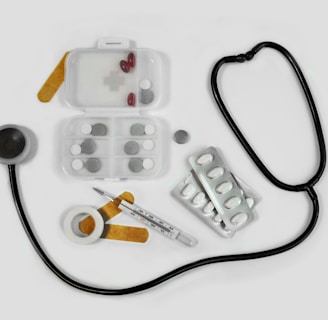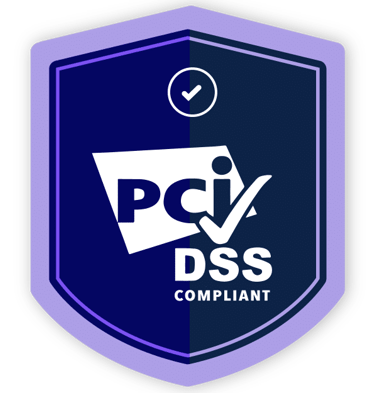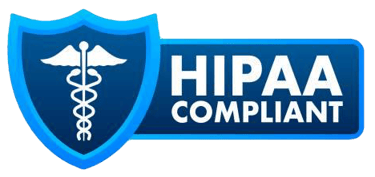Top 10 Survey Deficiencies in Home Health—and How to Stay in Compliance
Discover the most commonly cited home health survey deficiencies from Accreditation Standards and practical strategies your agency can implement to stay compliant with Medicare and accreditation standards.


Survey readiness is essential for maintaining certification and delivering high-quality care in the home health setting. Whether you're preparing for a routine survey or trying to strengthen your internal operations, understanding common areas of non-compliance can help your agency avoid citations, delayed payments, and reputational risk.
This guide outlines the top 10 most frequent deficiencies found during home health surveys—along with practical steps your team can take to stay compliant.
1. Incomplete or Inaccurate Medication Profiles
What Goes Wrong:
Missing dosage, route, frequency, or start/stop dates
Medications listed that the patient no longer takes
Lack of review for drug interactions or duplications
How to Stay in Compliance:
Reconcile medications during every visit
Review with both the patient and the plan of care
Clearly document changes, and flag discrepancies for follow-up
2. Missing or Incomplete Plan of Care
What Goes Wrong:
Therapy goals and visit frequency not included
Disciplines listed on orders but not documented in the plan
Measurable outcomes missing
How to Stay in Compliance:
Ensure every care plan includes frequency, interventions, measurable goals, DME, and medications
Update care plans promptly when a patient’s condition changes
Coordinate between nursing, therapy, and aide services
3. No Written Instructions Provided to Patients or Caregivers
What Goes Wrong:
Patients are unsure how to care for wounds or manage exercises
Visit frequency and staff contact information not communicated
Medication instructions are unclear or written in shorthand
How to Stay in Compliance:
Provide written care instructions at the start of care
Include frequency of visits, emergency contacts, and key interventions
Ensure patients and caregivers understand the materials (consider translation if needed)
4. Skilled Services Not Properly Documented
What Goes Wrong:
Missing progress notes or clinical details from visits
Patient education not documented
Services ordered but never documented as completed
How to Stay in Compliance:
Document every skill performed and how the patient tolerated it
Include education topics, responses, and follow-ups
Review documentation during interdisciplinary case conferences
5. Inadequate Transfer or Discharge Planning
What Goes Wrong:
Summaries are incomplete or delayed
The required notice of non-coverage isn’t issued
Receiving provider doesn’t receive documentation
How to Stay in Compliance:
Use a discharge or transfer checklist to ensure every element is addressed
Issue required notices at least 48 hours in advance
Send clinical summaries to the patient’s next provider within policy timeframes
6. Disorganized or Incomplete Patient Records
What Goes Wrong:
Clinician signatures missing or illegible
Visit times not documented
Progress toward goals not clearly described
How to Stay in Compliance:
Ensure every entry includes a full signature, credentials, and date
Document patient response and goal progression in every visit note
Conduct routine audits for documentation completeness
7. Services Not Delivered as Ordered
What Goes Wrong:
Aides or clinicians skip tasks or perform care not listed in the care plan
Inconsistent care delivery from visit to visit
Orders not followed or updated after changes in patient condition
How to Stay in Compliance:
Match each visit to the established plan of care
Update aide care plans whenever goals or interventions change
Educate staff on scope of practice and required documentation
8. Poor Infection Control Practices
What Goes Wrong:
Lapses in hand hygiene during home visits
Improper bag technique
Incorrect disinfectant use or exposure times
How to Stay in Compliance:
Provide refresher training on infection control quarterly
Audit staff in the field for handwashing and bag technique
Post disinfectant guidance in clinician kits and EMRs
9. Delays in Completing Initial Assessments
What Goes Wrong:
Assessments not completed within required timeframes
Patient strengths, preferences, or risk factors overlooked
Incomplete identification of necessary services
How to Stay in Compliance:
Complete the comprehensive assessment within 5 days of SOC
Include patient preferences, functional limitations, and psychosocial needs
Use alerts or EMR flags to track assessment deadlines
10. Care Plan Not Reviewed or Updated After Changes
What Goes Wrong:
Changes in patient status not reflected in updated care plan
No physician orders for modified goals or interventions
No evidence of interdisciplinary team collaboration
How to Stay in Compliance:
Reassess care plans after every hospitalization or condition change
Document physician communication for updated orders
Ensure all disciplines are aware of and working from the current plan
Final
Survey deficiencies are often the result of workflow gaps—not bad intentions. The good news is that each of these common issues can be corrected with strong policies, team training, and ongoing internal review.
At HealthBridge, we specialize in helping home health agencies prepare for surveys, correct deficiencies, and implement sustainable compliance programs. Whether you need mock surveys, documentation audits, or staff education, our team is here to help your agency succeed.







